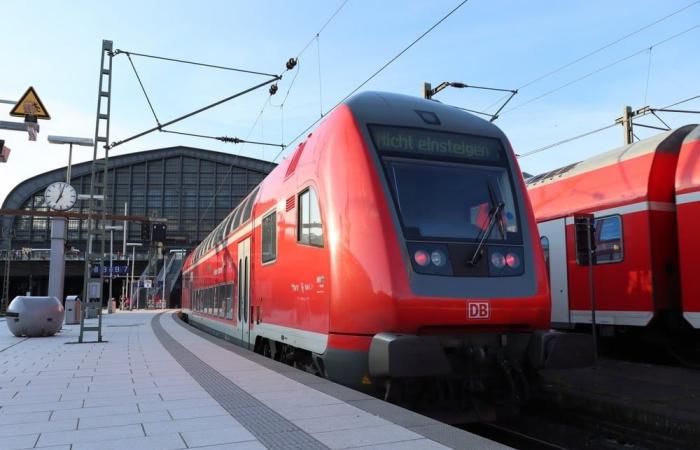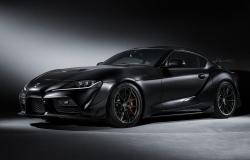Germany, a pioneer in the integration of hydrogen trains, recently reversed course by deciding to put diesel trains back into service on certain lines. This decision comes after a series of technical failures encountered with Alstom's Coradia iLint hydrogen trains, an initiative presented as an ecological revolution. Let's come back to this situation and the implications for the future of rail.
Promising technology put to the test
In 2018, Alstom launched the Coradia iLint with great fanfare, presented as the first hydrogen trains in the world, capable of operating without CO₂ emissions. These trains were intended to replace diesel models, particularly on non-electrified lines. However, the operational reality did not live up to expectations.
Since entering service on the RB15 line linking Bad Homburg to Brandoberndorf, these trains have suffered a series of reliability problems, leading to frequent interruptions. In November 2024, the RMV (Rhein-Main-Verkehrsverbund) network announced the recall of the Coradia iLint for technical update, forcing the operator to return 16 Lint 41 diesel trains to service to ensure continuity.
Why this failure?
Hydrogen trains have found to be incapable of guaranteeing sufficient reliability for daily use. Although tested in the laboratory, fuel cell technology has encountered unforeseen obstacles in real-world conditions. Knut Ringat, RMV's chief executive, criticized the situation, saying Alstom needed to “use the coming year to make its fleet reliably functional for the long term.”
Alongside the mechanical failures, the supply of hydrogen has been problematic. For example, a German operator had to temporarily switch back to diesel due to delays in the delivery of hydrogen from its supplier. This context highlights the logistical challenges linked to an infrastructure that is still embryonic.
The transition to hydrogen, although ecologically promising, represents a high initial cost. The investments necessary to develop a complete supply infrastructure (recharging stations, hydrogen transport logistics) have weighed on operators' budgets.
| Cost comparison | Diesel (€) | Hydrogen (€) |
|---|---|---|
| Annual operating cost per train | 200 000 | 280 000 |
| Initial infrastructure cost | 0 (existing) | 1,5 million/station |
Diesel: a temporary, but worrying return
Diesel trains, although efficient and proven, pose major environmental challenges. They contribute to greenhouse gas emissions and are not part of the European Union's climate objectives for 2050. The chairman of the RMV supervisory board nevertheless stressed that it is a “solution temporary” and that Alstom remains committed to correcting the flaws in the hydrogen fleet.
Despite these setbacks, the potential of hydrogen is not in question. The RB12 line from Königstein im Taunus to Frankfurt continues to be served by Coradia iLint trains, showing a willingness to persevere. However, for this technology to become a standard, several improvements are necessary:
- Increased reliability : Further testing before deployment.
- Robust infrastructure : Develop a coherent hydrogen supply network.
- Cost reduction : Make the technology competitive with diesel and electric.






